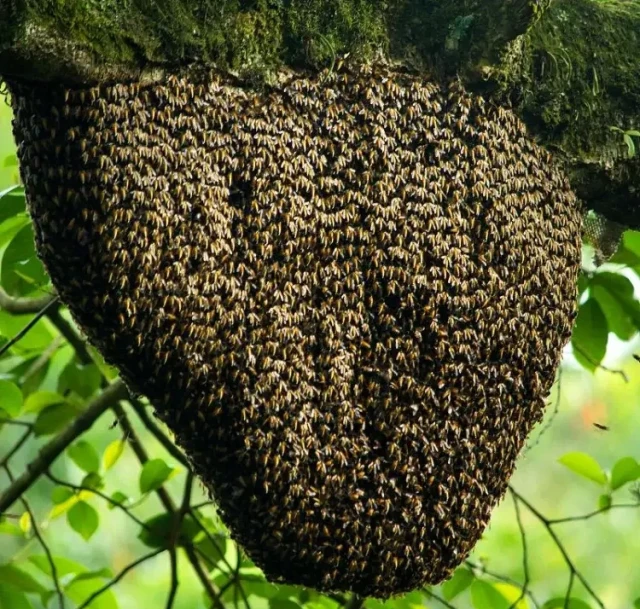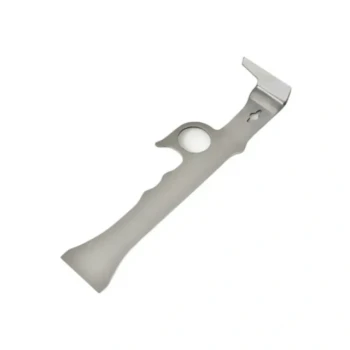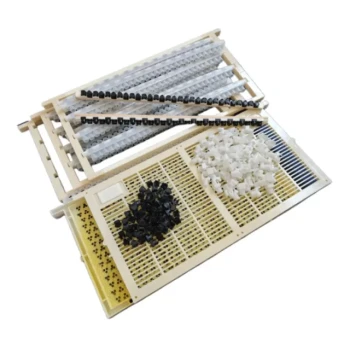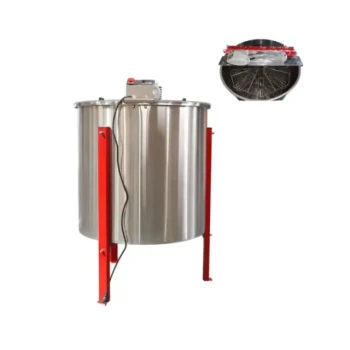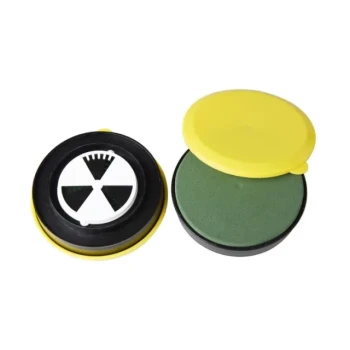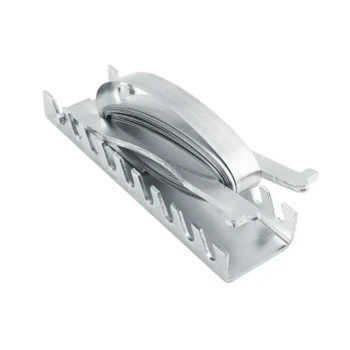Catching Your First Swarm: What Every Beginner Must Know
The thrill of catching your first bee swarm is unmatched—but without proper preparation, it can quickly turn risky. For beginners, swarm catching isn’t just about the capture; it’s about doing so safely for both you and the bees. This guide breaks down the process into manageable steps, prioritizing low-risk techniques and essential precautions.
By the end, you’ll know:
- How to gauge your readiness for swarm catching
- The non-negotiable gear for safe retrieval
- Field-tested methods to calm and secure bees
- Critical mistakes to avoid as a beginner
Assessing Readiness: When to Attempt Swarm Catching
Not every swarm scenario is beginner-friendly. Before heading out, ask:
- Is the swarm accessible? Low-hanging clusters (under 10 feet) are ideal for first-timers. Avoid swarms near power lines or dense foliage.
- What’s the bees’ temperament? Observe from a distance. Aggressive darting or loud buzzing may indicate defensive behavior—best left to experienced beekeepers.
- Do you have backup? Even calm swarms can surprise. Partner with a mentor or fellow beekeeper for your first few attempts.
Pro Tip: Swarms are most docile in the first 24–48 hours after leaving their hive, as they’re focused on scouting for a new home.
Essential Gear for Safe Swarm Retrieval
Skip makeshift tools—these supplies from HONESTBEE’s professional-grade inventory ensure safety and efficiency:
- Protective Suit: A ventilated, full-coverage suit with elasticized cuffs prevents gaps bees could exploit.
- Swarm Box or Nuc: A temporary container with ventilation and a secure lid to transport the swarm.
- Smoker: Cool, white smoke calms bees by masking alarm pheromones.
- Soft-Bristle Brush: Gently guides bees into your container without crushing.
Why It Matters: One sting can trigger mass defensiveness. Proper gear reduces panic (yours and the bees’).
Proven Techniques to Calm and Capture Bees
Step 1: Approach Slowly
Move like honey flows—deliberately and without jerks. Sudden motions trigger defensive responses.
Step 2: Mist with Sugar Water (Optional)
A light spray can weigh down bees’ wings, reducing flight attempts. Use a 1:1 sugar-water mix in a clean spray bottle.
Step 3: Guide Bees into Your Container
- For low-hanging swarms: Position your swarm box underneath and gently brush bees into it.
- For branch-attached swarms: Shake the branch firmly once to dislodge the cluster over your box.
Key Insight: Bees follow their queen. If most enter the box, the rest will follow her pheromone trail.
Managing Risks: Avoiding Common Beginner Mistakes
-
Skipping Protective Gear
Even "friendly" bees sting when pinched or threatened. A single gap in your suit can lead to multiple stings. -
Using Improper Containers
Cardboard boxes or grocery bags may seem convenient, but escaping bees can become aggressive. Always use bee-tight containers. -
Delaying Hive Transfer
Swarms in temporary boxes should be relocated to a proper hive within 24 hours to prevent stress-induced absconding. -
Misreading Bee Behavior
Buzzing isn’t always anger—it’s often communication. Learn to distinguish alarm pheromones (smells like bananas) from normal activity.
Ready to Start? Equip Yourself with Confidence
Swarm catching is a skill that blends knowledge, patience, and the right tools. For beginners, HONESTBEE’s beekeeping supplies—designed for commercial apiaries and distributors—offer the reliability you need to focus on learning, not equipment failures.
Your Next Step:
Stock up on swarm-ready gear from HONESTBEE, and pair it with hands-on practice. Remember, every expert beekeeper started exactly where you are now.
Final Thought: The bees aren’t just a swarm—they’re your future colony. Treat them with care, and they’ll reward you with pollination and honey for years to come.
Visual Guide

Related Products
- HONESTBEE Advanced Ergonomic Stainless Steel Hive Tool for Beekeeping
- Full Set Beekeeping Electronic Bee Venom Collector Machine Device for Bee Venom Collecting
- No Grafting Queen Rearing Kit: System for Royal Jelly Production and Queen Rearing
- Thick PVC Material Waterproof Anti-Slip Wear-Resistant Bee Work Shoes Boots for Garden Outdoor Utility
- Beehive Handle and Frame Rest Cutting Machine: Your Specialized Hive Machine
Related Articles
- How to Choose Hive Tools That Match Your Beekeeping Workflow
- The Comprehensive Benefits of Beekeeping
- Strategic Summer Hive Management: Maximizing Flow Super Efficiency While Preserving Colony Health
- How to Choose the Best Beehive Type for Your Climate and Terrain
- How to Choose Between Top Bar and Langstroth Hives for Effortless Beekeeping
